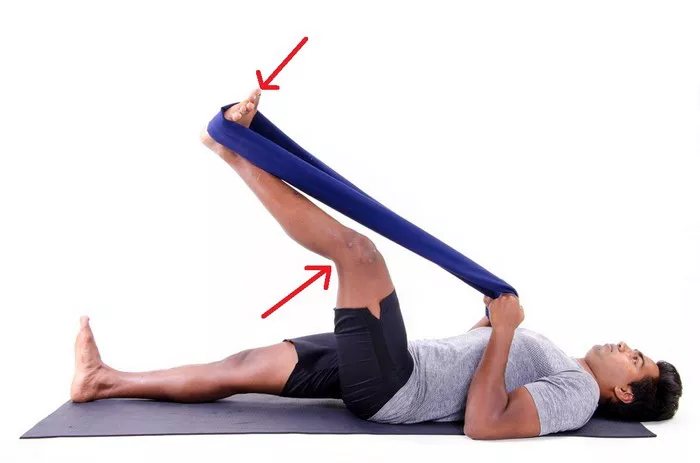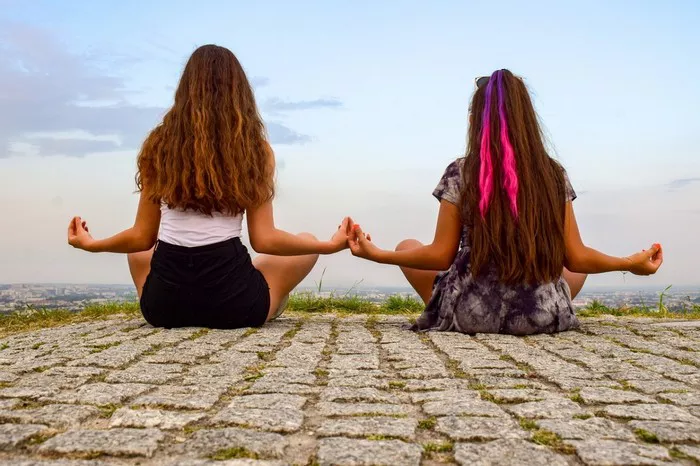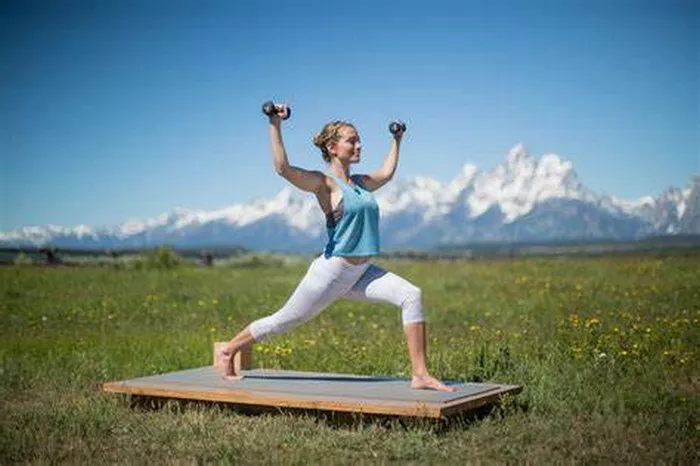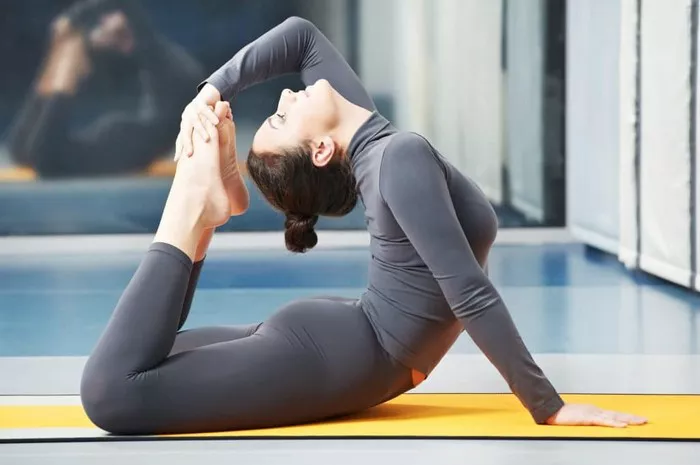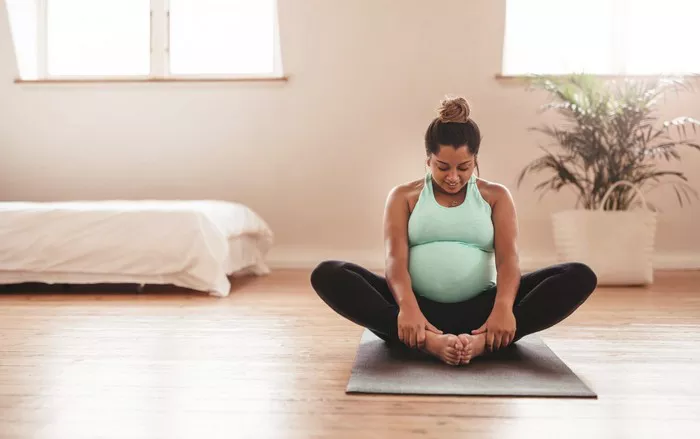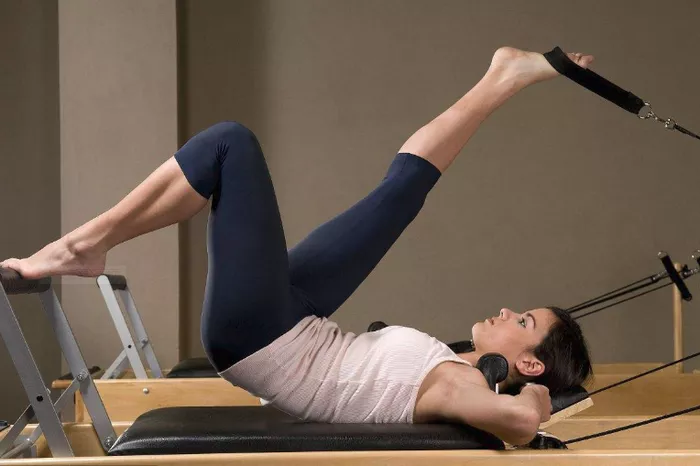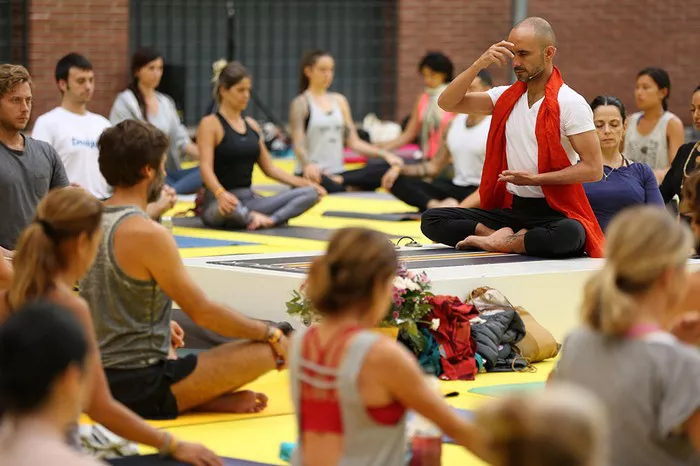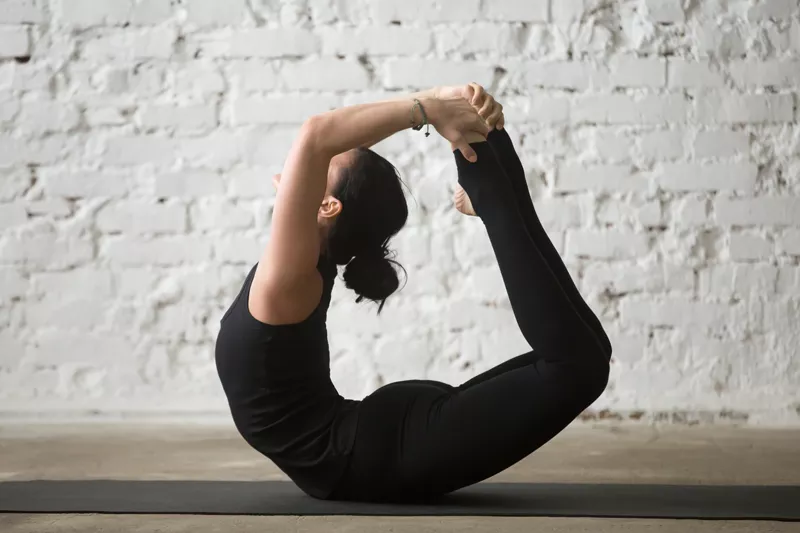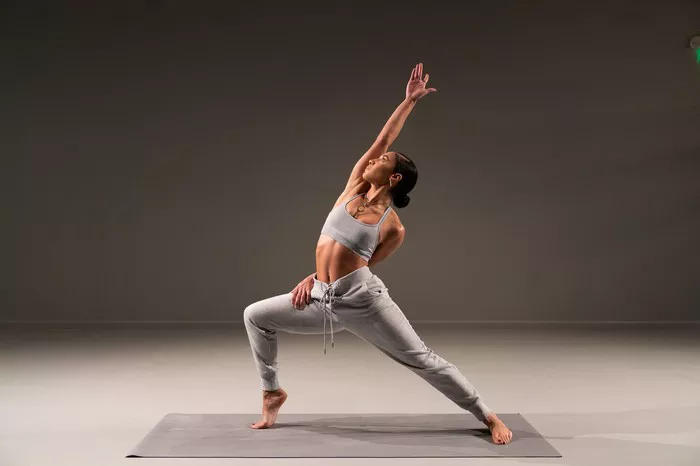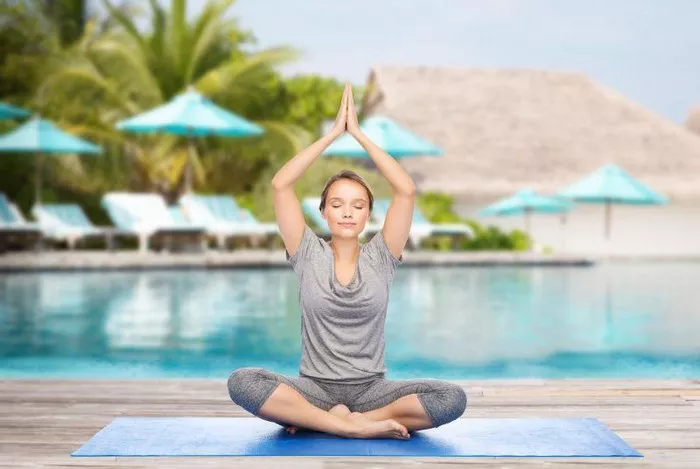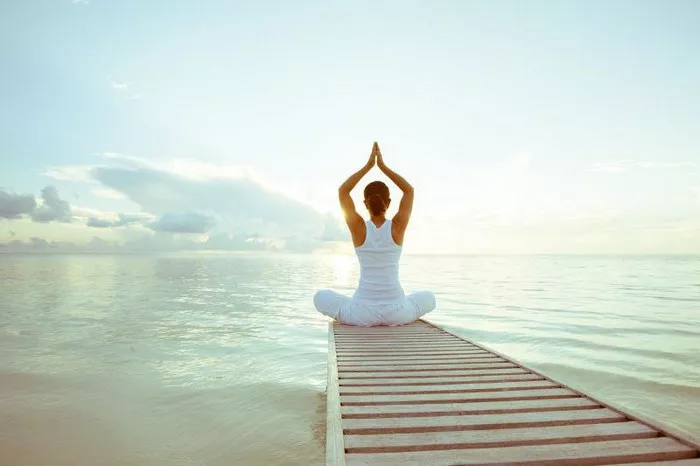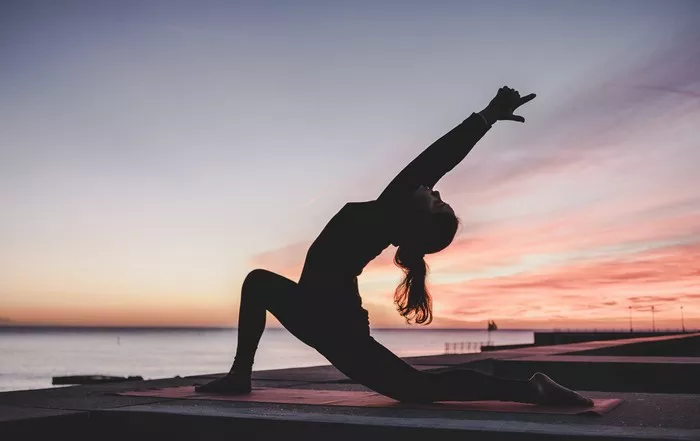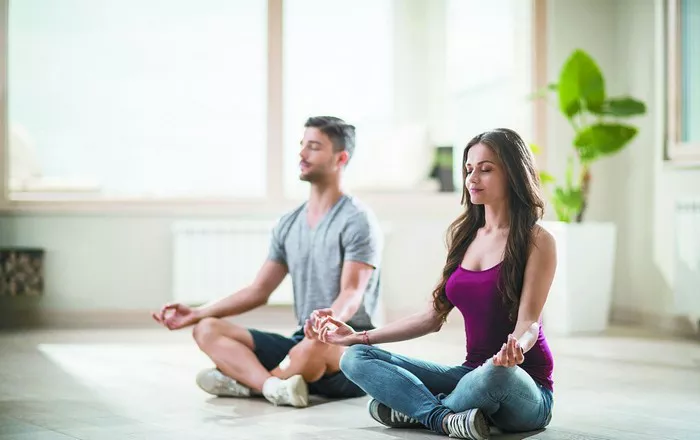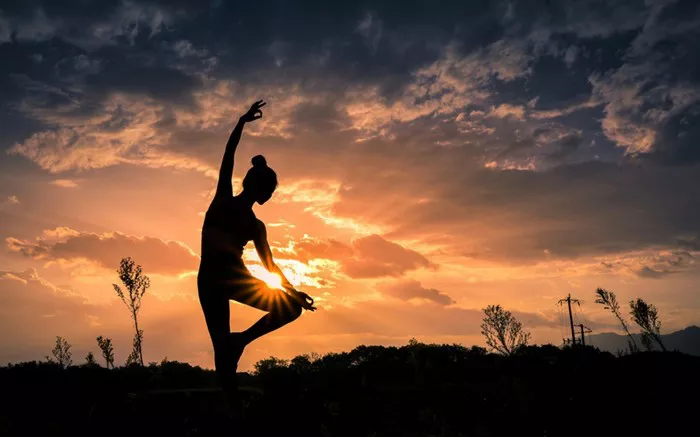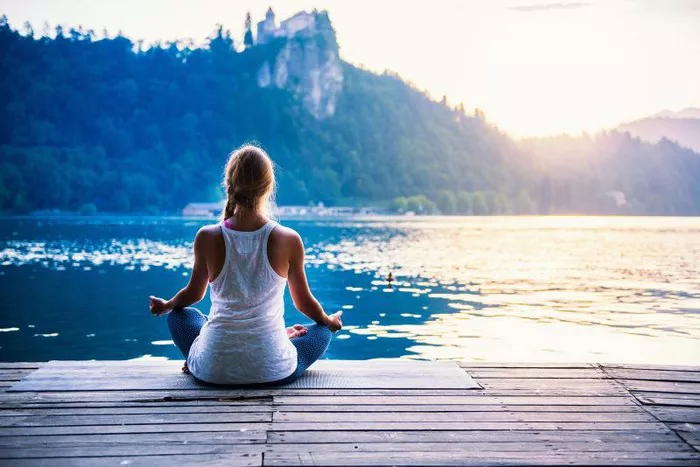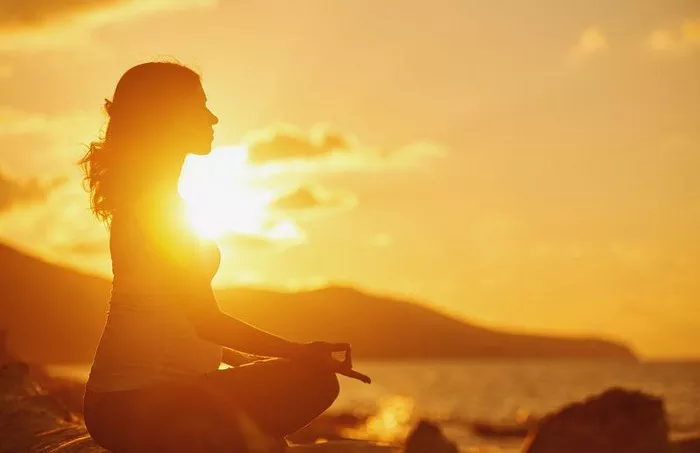Restorative yoga, often dubbed as the antidote to modern-day stress, offers a sanctuary for individuals seeking solace and rejuvenation. Among its plethora of practices, the use of props like straps has gained traction for enhancing the restorative experience. In this comprehensive guide, we delve into the realm of restorative yoga poses with straps, elucidating their techniques, benefits, and variations.
Understanding Restorative Yoga and Its Essence
Restorative yoga, rooted in the teachings of B.K.S. Iyengar, emphasizes deep relaxation and conscious rest through supported poses. Unlike vigorous yoga styles, restorative yoga encourages practitioners to surrender into passive postures, promoting physical, mental, and emotional renewal.
Yoga Straps: A Supportive Tool
Yoga straps serve as indispensable tools in restorative practice, aiding in achieving optimal alignment and facilitating deeper stretches. Typically made from sturdy cotton or nylon, these versatile props provide gentle traction and support, enabling practitioners to access poses with ease and comfort.
Essential Restorative Yoga Poses with Straps
1. Supported Reclining Bound Angle Pose (Supta Baddha Konasana) with Strap:
- Lie on your back and loop the strap around the soles of your feet.
- Allow the knees to fall outward, supported by the strap.
- Relax your arms by your sides or extend them overhead for a deeper stretch.
- Breathe deeply and surrender into the pose, releasing tension with each exhalation.
2. Supine Hamstring Stretch with Strap:
- Lying on your back, extend one leg towards the ceiling.
- Place the strap around the sole of the foot and gently straighten the leg.
- Keep the opposite leg bent or extended along the mat.
- Hug the thigh closer to the chest using the strap, feeling a gentle stretch along the hamstrings.
- Maintain steady breathing and relax into the stretch without forcing.
3. Supported Shoulder Opener (Purvottanasana Variation) with Strap:
- Sit with legs extended in front of you and place the strap behind your back.
- Bend your knees and place the feet flat on the mat, hip-width apart.
- Hold onto the strap with both hands, shoulder-width apart, and gently walk the hands closer together, allowing the chest to open.
- Keep the elbows soft and the shoulders relaxed away from the ears.
- Enjoy the gentle stretch across the chest and shoulders, breathing deeply into the heart center.
4. Seated Forward Fold (Paschimottanasana) with Strap:
- Sit on the floor with legs extended in front of you.
- Loop the strap around the soles of your feet and hold onto it with both hands.
- Inhale to lengthen the spine, then exhale to hinge forward from the hips.
- Keep the back straight as you fold forward, using the strap to support the stretch.
- Relax the neck and shoulders, allowing gravity to deepen the stretch over time.
5. Supported Fish Pose (Matsyasana) with Strap:
- Begin by lying on your back with knees bent and feet flat on the floor.
- Loop the strap around your mid-back and hold onto it with both hands.
- Inhale to lift the chest towards the sky, arching the upper back gently.
- Allow the head to rest comfortably on the floor or on a bolster for added support.
- Feel the opening across the front of the chest and throat, breathing deeply into the heart space.
Modifications and Variations
- For those with limited flexibility, use a longer strap or adjust the placement to accommodate your range of motion.
- Experiment with different tensions in the strap to find the level of support that feels most beneficial for each pose.
- Incorporate bolsters, blankets, or blocks to enhance the support and relaxation in restorative poses with straps.
- Explore variations of traditional poses by adding the strap for additional support or deeper stretches.
Tips for Practicing Restorative Yoga with Straps
1. Listen to Your Body: Pay attention to sensations during practice and honor any discomfort by adjusting or releasing the pose.
2. Maintain Gentle Breath Awareness: Cultivate a steady and mindful breath to deepen relaxation and ease tension.
3. Use Props Wisely: Strive for comfort and stability in poses by utilizing props effectively and judiciously.
4. Stay Present: Engage in the present moment by focusing on the breath and sensations within the body.
5. Practice Patience: Embrace the journey of restorative yoga with compassion and patience, allowing the body and mind to unfold at their own pace.
Conclusion
Restorative yoga with straps offers a sanctuary for individuals to unwind, recharge, and restore balance amidst the chaos of modern life. By integrating props like straps into practice, practitioners can deepen their relaxation, enhance alignment, and experience profound rejuvenation on physical, mental, and emotional levels. Whether you’re a seasoned yogi or new to the practice, incorporating these restorative poses with straps into your routine can cultivate a sense of calm, resilience, and well-being that transcends the mat and permeates into everyday life.

